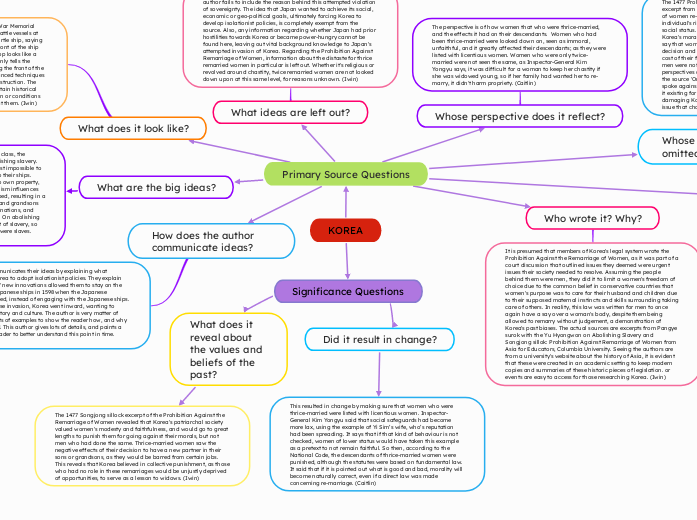arabera Iwin Kien 23 hours ago
27
KOREA
The text discusses the social changes in Korea, particularly concerning gender and class dynamics. It highlights how women who remarried multiple times were stigmatized and listed with licentious women.

arabera Iwin Kien 23 hours ago
27

Honelako gehiago